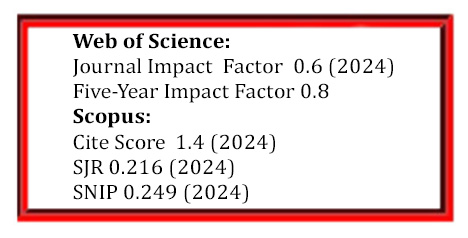Residual Mechanical Properties of Fire-Damaged Concrete: NDT/DT Evaluation
DOI:
https://doi.org/10.5755/j02.ms.42441Keywords:
destructive testing, non-destructive testing, ultrasonic pulse velocity, residual mechanical propertiesAbstract
Evaluating the residual mechanical properties of fire-damaged concrete is crucial for structural safety, yet the limitations of destructive testing (DT) have promoted the use of non-destructive tests (NDT), for effective in-situ assessment. This research explores the residual mechanical behavior of concrete and examines the predictive accuracy of NDT/DT in post-fire conditions. Concrete cylinders with consistent mix designs were subjected to temperatures ranging from 200 °C to 1000 °C, following a controlled natural fire curve applied via an electric furnace. After maintaining the target temperature for 90 minutes and allowing for natural cooling, DTs (compressive strength and stress-strength behavior) and NDTs (UPV and rebound hammer tests) were carried out. The static and dynamic elastic moduli were not directly tested but were derived using empirical correlations with UPV values. Temperature evolution inside the specimens was simulated using SAFIR software. The findings demonstrated a marked deterioration in mechanical performance beyond 400 °C, with compressive strength losses exceeding 80 % at 800 °C, both static and dynamic elastic moduli were reduced by nearly 98 %. Post-fire stress-strain behavior also indicated substantial losses in stiffness and ductility beyond 600 °C. UPV measurements correlated strongly with the decrease in residual strength. A regression model was developed to estimate residual compressive strength based on UPV results, validating the technique’s relevance for post-fire assessments. The combined application of DT and NDT methods yielded a detailed understanding of thermal degradation. Notably, UPV demonstrated high sensitivity in detecting internal damage and estimating residual stiffness in fire damaged concrete. It thus offers engineers a reliable tool for evaluating whether repair or replacement is necessary, especially in contexts where DTs are not feasible.
Downloads
Published
Issue
Section
License
The copyrights for articles in this journal are retained by the author(s), with first publication rights granted to the journal. By virtue of their appearance in this open-access journal, articles are free to use with proper attribution in educational and other non-commercial settings.



